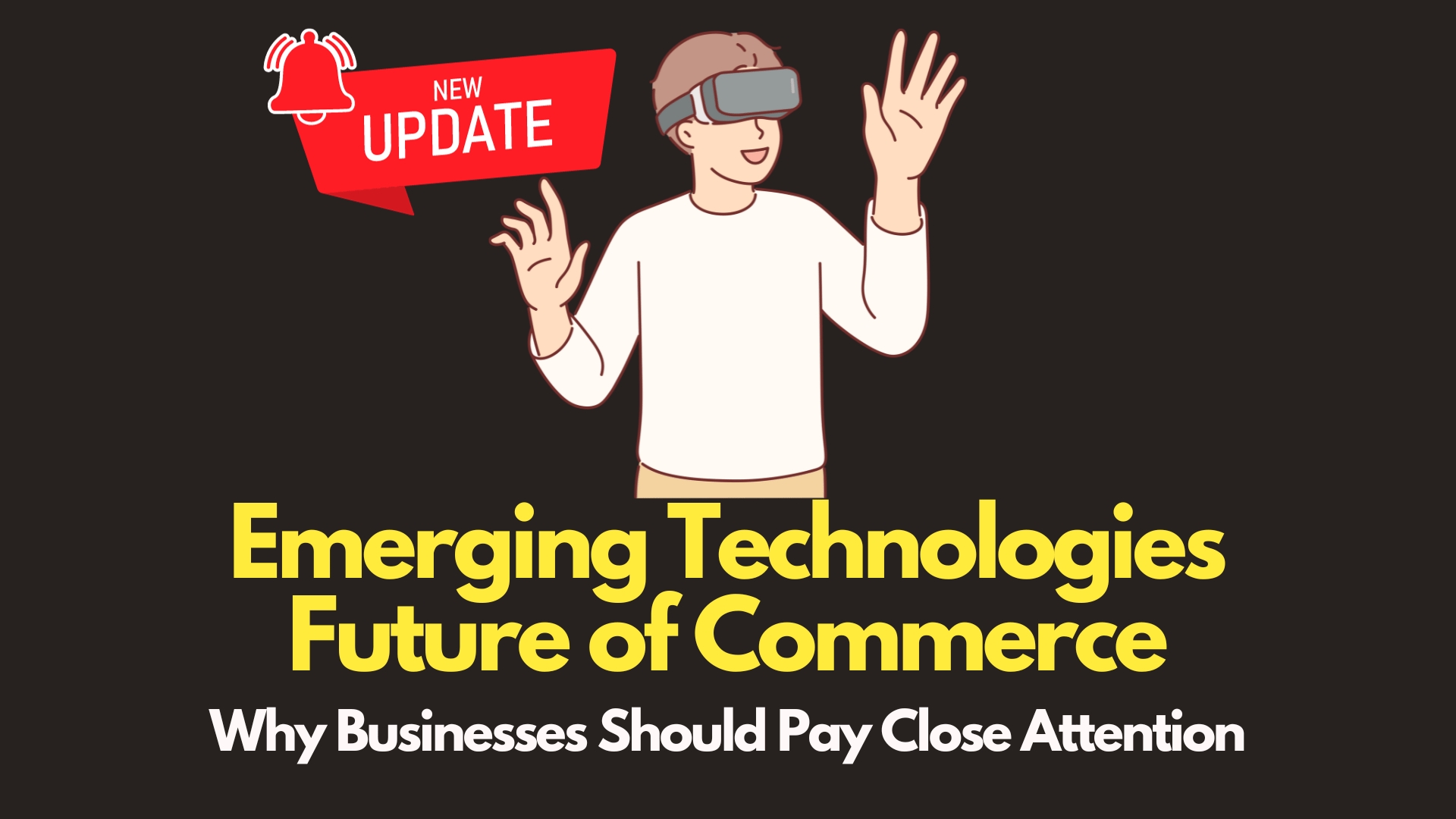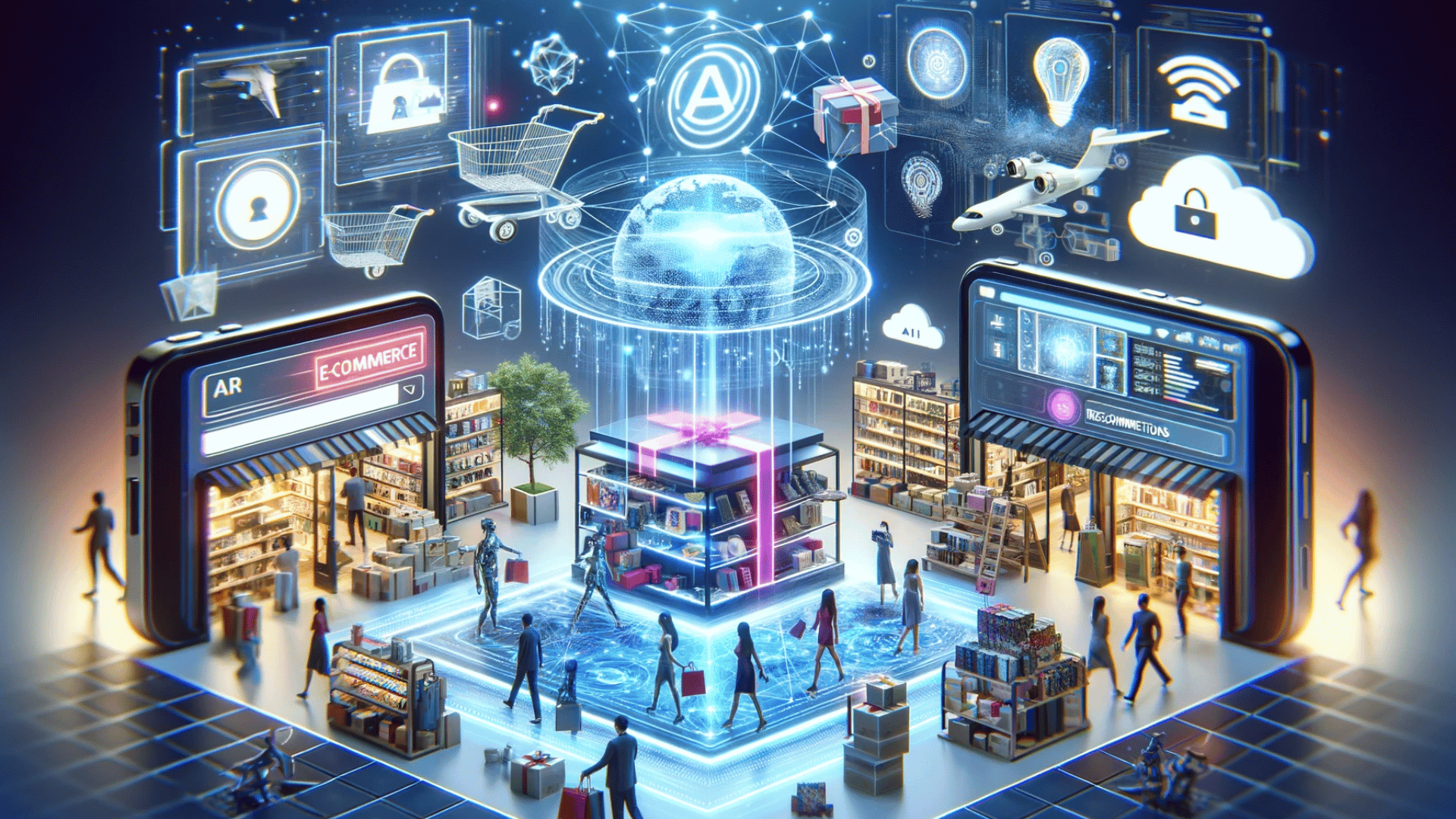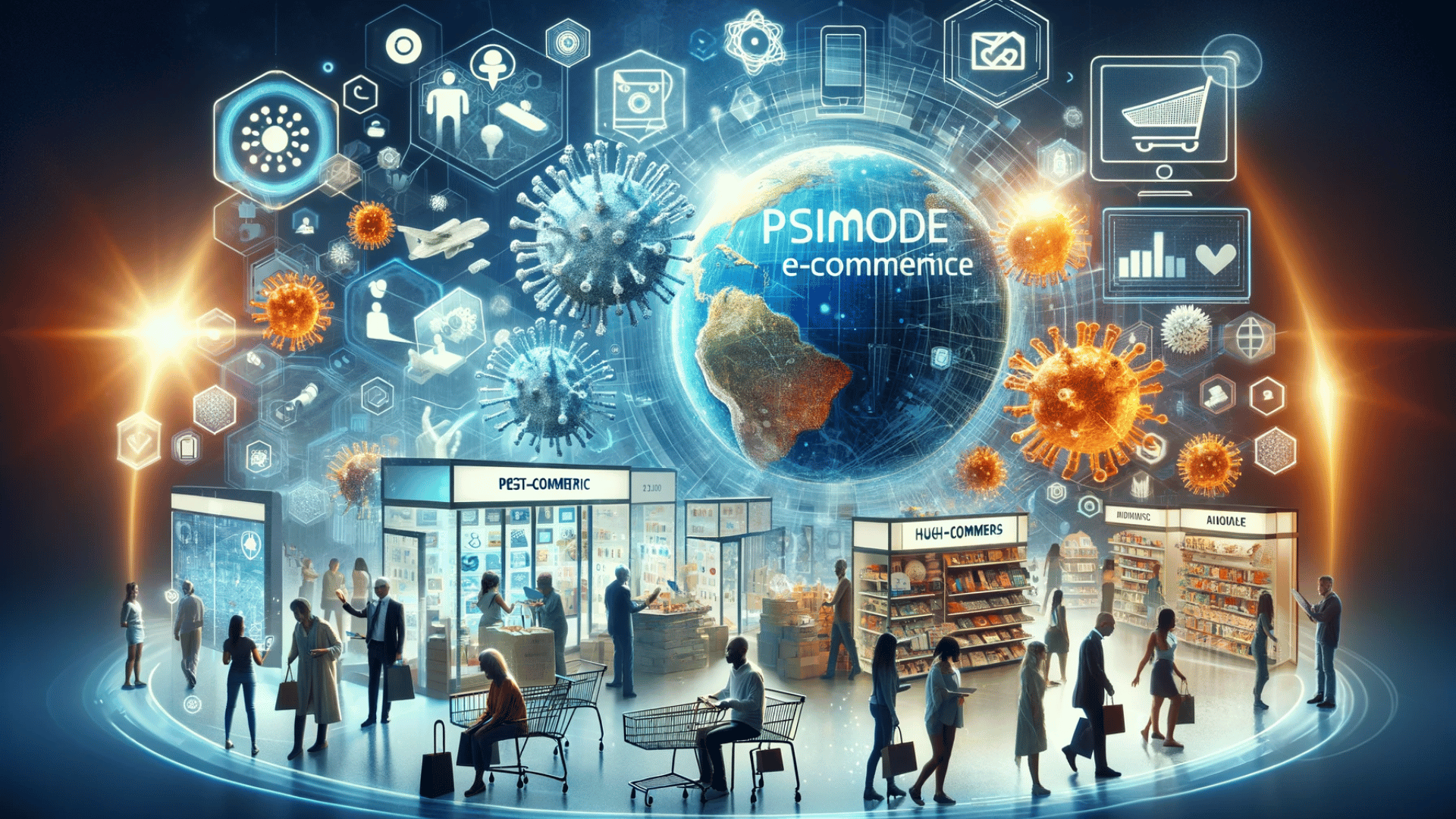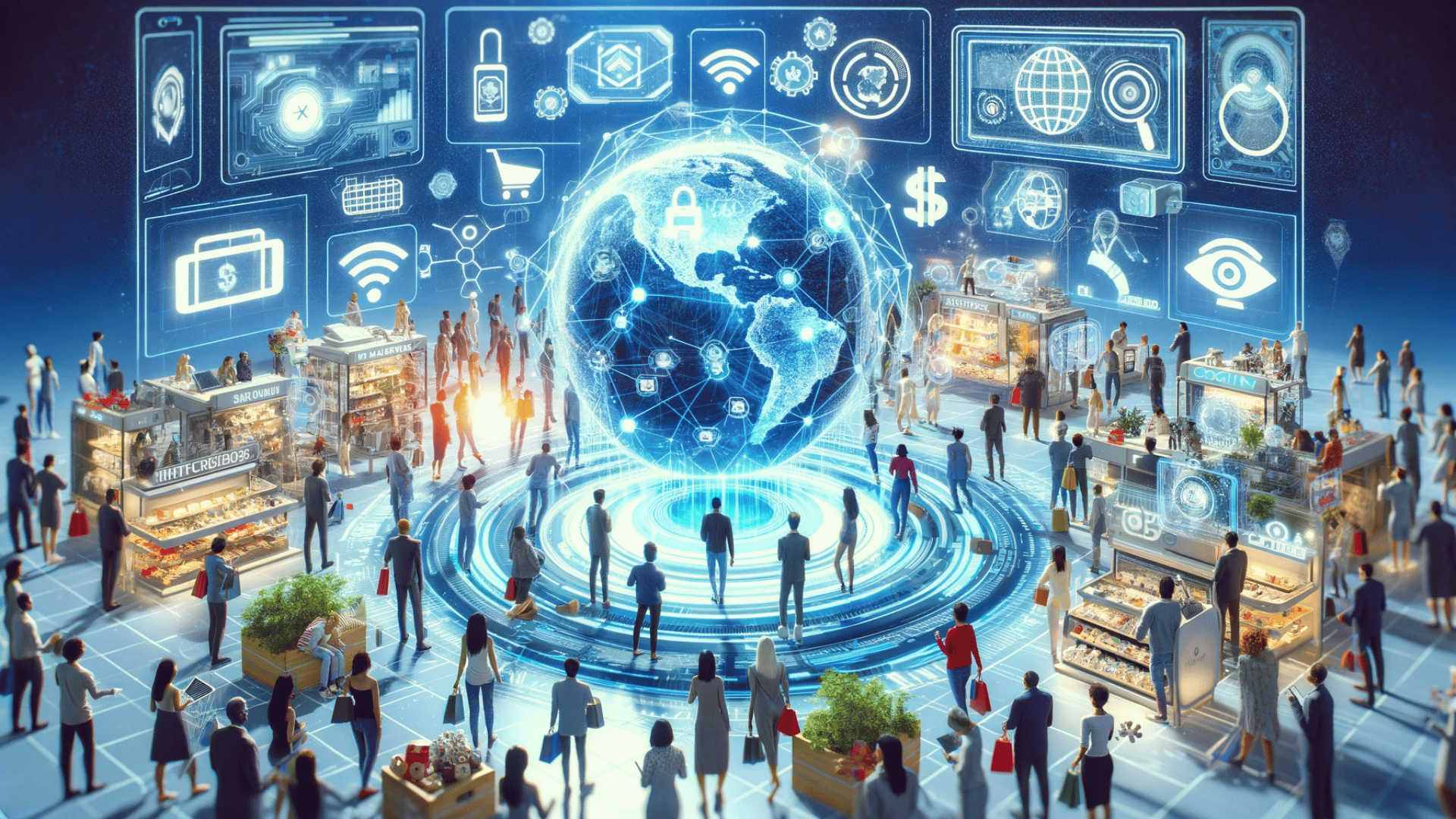Published
- 5 min read
Navigating the Future of E-commerce: Emerging Technologies and Their Impact

Key Takeaways:
- Emerging Technologies: Understanding how AI, AR, and VR are revolutionizing e-commerce.
- Retail Transformation: The role of AI in order processing, shipping, and inventory management.
- Enhanced Engagement: How AR and VR contribute to interactive shopping experiences.
- Sustainable Practices: The growing importance of eco-friendliness in e-commerce.
- Legal Implications: The rise of AI and its impact on legal considerations.
E-commerce has entered a new era, driven by groundbreaking advancements in technology. The integration of Artificial Intelligence (AI), Augmented Reality (AR), and Virtual Reality (VR) is not just a fleeting trend but a transformative force reshaping the retail landscape.

The AI Revolution in Retail
AI has become a cornerstone in the e-commerce industry, optimizing essential processes like order processing, shipping, and inventory management. Explore our insights on AI’s role in e-commerce. By automating these areas, businesses can achieve unparalleled efficiency and accuracy, leading to improved customer satisfaction and operational excellence.
AR and VR: The Future of Customer Engagement
The rise of AR and VR technologies marks a significant shift in how customers interact with products. These tools offer an immersive shopping experience, allowing consumers to engage with products in a dynamic and interactive manner. Discover more about consumer engagement.
E-commerce and Sustainability
As e-commerce continues to grow, so does the emphasis on sustainable practices. Today’s consumers are more environmentally conscious, driving e-commerce platforms to adopt greener approaches. This shift towards sustainability is not just a moral imperative but a business necessity.
Legal Landscape in the AI Era
The proliferation of AI in e-commerce also brings new legal challenges, particularly in negligence and liability cases. As AI becomes more prevalent, the need for updated legal frameworks and jurisprudence is evident. Learn about the legal aspects of e-commerce.
What’s next?
The future of e-commerce is exciting and full of potential, with technologies like AI, AR, and VR leading the charge. As we embrace these innovations, we must also navigate the challenges they present, including sustainability and legal considerations.

The Impact of COVID-19 on E-Commerce and Technology Adoption
The COVID-19 pandemic has served as a catalyst for the accelerated adoption of digital technologies, especially in the realm of e-commerce. This shift has been particularly evident in emerging countries, where the pandemic has highlighted the digital divide yet simultaneously spurred innovation and adaptation.
Adapting to New Consumer Behaviors
With lockdowns and social distancing norms, consumers rapidly moved towards online shopping, a trend that appears to be here to stay. Businesses have had to quickly adapt to this new reality, investing in digital platforms and technologies to meet changing consumer needs. Read more about changing consumer behaviors.
Digital Education and E-Commerce
The pandemic has also pushed the boundaries of virtual teaching and learning, an area that has seen significant growth in emerging countries. This surge in digital education has implications for e-commerce, as it cultivates a more tech-savvy consumer base, familiar with online transactions and digital interactions.
Bridging the Digital Divide
While the adoption of digital technologies has skyrocketed, the digital divide remains a challenge. Ensuring equitable access to technology is crucial for the continued growth of e-commerce, especially in less developed regions. This challenge presents an opportunity for businesses to innovate and find solutions that cater to a broader audience. Explore strategies to bridge the digital divide.
Looking Ahead: E-commerce in a Post-Pandemic World
As we emerge from the pandemic, the landscape of e-commerce will continue to evolve. The lessons learned during this period will shape future strategies, emphasizing the importance of flexibility, digital readiness, and an understanding of the ever-changing consumer landscape.

The Role of Emerging Technologies in Shaping Global E-commerce Growth
The global e-commerce industry has witnessed exponential growth, largely fueled by the rapid advancement and adoption of emerging technologies. This growth transcends geographical boundaries, offering vast opportunities and also posing unique challenges.
Global Expansion through Technology
Technologies like AI, AR, and VR are not just enhancing the shopping experience but are also pivotal in helping e-commerce platforms scale internationally. By leveraging these technologies, businesses can offer personalized experiences to a global audience, breaking down cultural and linguistic barriers. Discover how technology is driving global e-commerce.
Overcoming Challenges in International E-commerce
While technology facilitates global expansion, it also brings challenges such as dealing with different regulations, diverse consumer behaviors, and logistical complexities. E-commerce platforms must navigate these challenges thoughtfully, ensuring compliance and cultural sensitivity while maintaining operational efficiency.
The Future Landscape of International E-commerce
Looking forward, the future of international e-commerce is bright, with emerging technologies playing a critical role in its evolution. As businesses continue to adopt these innovations, we can expect a more connected, efficient, and user-friendly global e-commerce ecosystem.
Conclusion
The landscape of e-commerce is continually evolving, driven by technological advancements and changing consumer demands. As businesses embrace these changes, they must also be mindful of the challenges and opportunities that lie ahead, particularly in the context of sustainability, legal considerations, and global expansion.